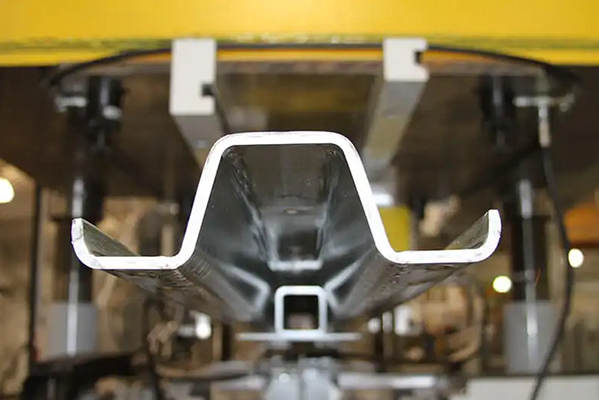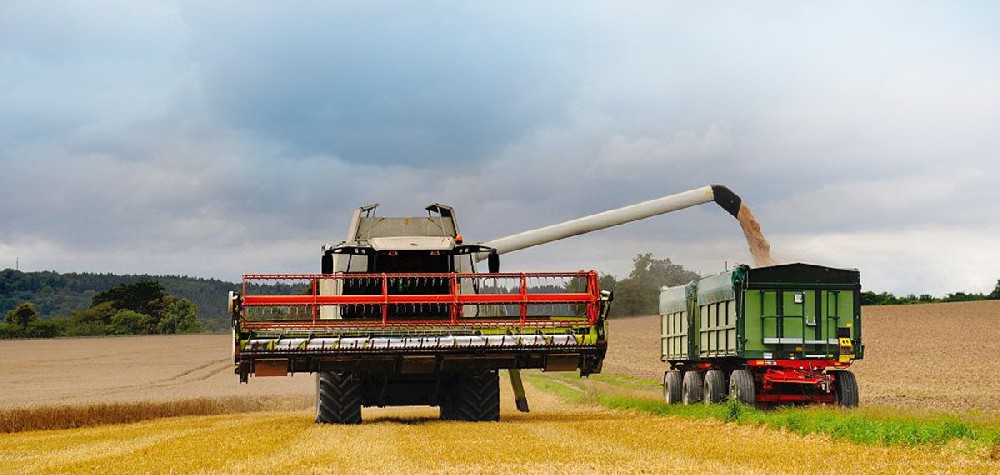Navigation Menu
Contact Us
- Email:
- info@wxavatar.com
- Address:
- Yurong Village, Yuqi Street, Huishan District, Wuxi, China.
Release Date:Jun 19, 2025 Visit:46 Source:Roll Forming Machine Factory
Technology is fundamentally transforming the accuracy of purlin roll forming processes, moving far beyond basic mechanical shaping to a highly controlled and precise manufacturing operation. These advancements are critical for meeting the strict demands of modern construction, where structural integrity and efficient assembly rely heavily on component precision.

Computerized Numerical Control (CNC) Systems
At the forefront of this technological impact are Computerized Numerical Control (CNC) systems. These sophisticated systems replace manual adjustments with digital programming, allowing operators to input exact specifications for purlin dimensions, hole patterns, and lengths. The CNC then precisely controls the movement of rollers, cutting tools, and punching mechanisms. This automation virtually eliminates human error, which was a significant source of inaccuracy in older, manual systems. The result is consistently accurate purlins, batch after batch, ensuring uniformity that is crucial for construction projects.
Advanced Sensors and Real-Time Feedback
Modern purlin roll formers are increasingly equipped with advanced sensors strategically placed throughout the machine. These sensors monitor various parameters in real-time, such as material thickness, tension, speed, and even roller alignment. This continuous data stream is fed back to the control system. If any deviation from the programmed specifications is detected, the system can make immediate, automatic adjustments to correct the issue. This real-time feedback loop is vital for maintaining tight tolerances and ensuring the finished purlin matches the design intent perfectly.
Servo-Driven Mechanisms
The integration of servo-driven motors and mechanisms has significantly boosted precision, particularly in cutting and punching operations. Unlike traditional hydraulic or pneumatic systems that can have slight variations, servo motors offer highly precise and repeatable movements. This means that holes are punched in the exact desired locations, and purlins are cut to the precise length with clean, accurate edges, minimizing material waste and ensuring components fit together seamlessly during assembly.
Integrated Software and Design Connectivity
Technology also impacts accuracy through enhanced software integration and connectivity. Modern purlin roll formers can often directly import design data from CAD (Computer-Aided Design) software. This direct link from design to production minimizes the risk of transcription errors and ensures that the physical purlin perfectly matches the digital model. Furthermore, advanced software can optimize material utilization, further contributing to precision by ensuring efficient use of the metal coil.
Remote Monitoring and Diagnostics
Some cutting-edge purlin roll forming machines incorporate remote monitoring and diagnostics. This technology allows manufacturers to monitor machine performance and identify potential issues that could impact accuracy from a remote location. Proactive maintenance and troubleshooting, often before a problem escalates, help maintain consistent machine performance and prevent the production of inaccurate components.

In summary, technology has revolutionized the accuracy of purlin roll forming by introducing a level of control, precision, and consistency previously unattainable. From smart CNC systems and real-time sensor feedback to servo-driven operations and seamless software integration, these advancements ensure that purlins are produced with unwavering precision, contributing directly to the quality and structural integrity of buildings.